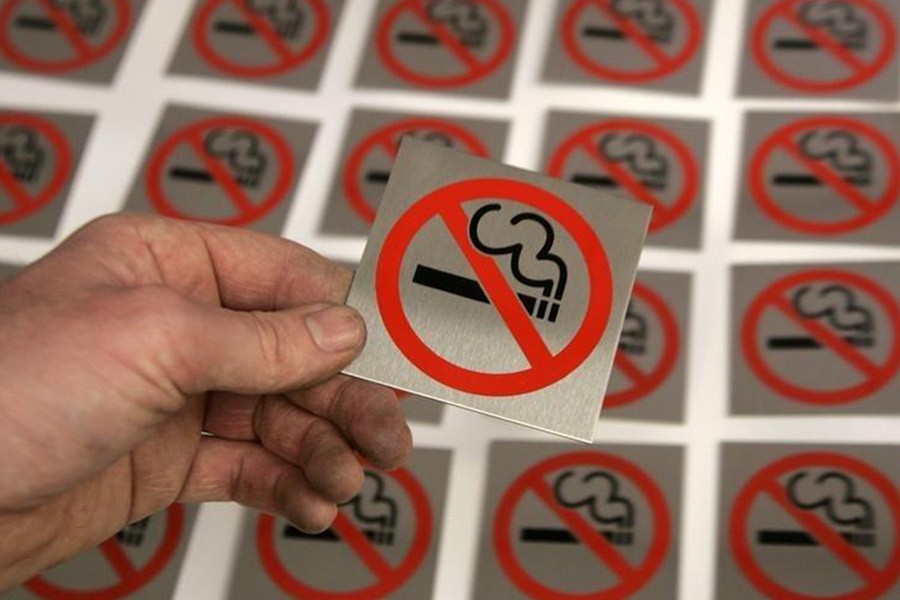New information published in the Morbidity and Mortality Weekly Report shows that action taken by just 11 countries - most of them low- or middle-income - has resulted in 20 million fewer adult tobacco users in 2017 compared with 2008. Seventy per cent of the world's tobacco users live in low- and middle-income countries.
This promising progress is a testament to strong government action and its effects are far-reaching. Between 2008 and 2017, over 53 million fewer adults were exposed to secondhand smoke in indoor public places like restaurants, government buildings and healthcare facilities.
Exposure to secondhand smoke can result in lung cancer, heart disease, asthma and bronchitis even in people who do not smoke.
Other promising findings in the study indicate that more than 12 million adult tobacco users in the countries studied were considering quitting because of graphic warning labels on tobacco products, and that close to 100 million fewer adults were exposed to tobacco advertising, promotion and sponsorships.
The remarkable progress in reducing tobacco use shown in this study is a dramatic affirmation that evidence-based policies can and have protected millions of people from the deadly harms of tobacco use.
These policies - many of which are called for in the World Health Organisation's (WHO) international health treaty, the Framework Convention on Tobacco Control - include eliminating tobacco advertising, promotion and sponsorship, adding graphic warning labels to tobacco packs, and increasing tobacco prices through higher taxes.
All of the countries studied have signed on to the WHO treaty.
Virtually all of these life-saving policies have been passed in spite of fierce pushback from tobacco companies. In Uruguay for example, Philip Morris International challenged the country's tobacco control laws in a World Bank tribunal. Philip Morris lost the challenge in dramatic fashion in a decision affirming that countries have the legal right to pass policies necessary to protect the health of their people.
Tobacco companies fight these policies because they know they work. Around the world, tobacco companies and their deadly marketing tactics remain the single greatest obstacle to curbing the global tobacco epidemic.
The companies continually find new ways to market cigarettes and other nicotine products to young people, fight life-saving tobacco control policies, and promote products such as e-cigarettes and heated cigarettes with unproven health claims.
The world's biggest tobacco companies would have us believe that they desire a healthier world even while they continue to introduce and heavily market cigarettes and their e-cigarettes are being linked to explosions in nicotine addiction among youth.
Governments cannot let these products undermine progress on tobacco control, especially among kids. In the United States, a lack of regulation has led to a dramatic increase in youth use of e-cigarettes with one in four US high school students using e-cigarettes.
In order to end the tobacco epidemic, governments must pass and implement the proven policies known to work to protect future generations from the harms of tobacco and nicotine addiction. Without urgent action, tobacco will kill one billion people this century.
Mark Hurley is Director of Global Communications for the Campaign for Tobacco-Free Kids
Inter Press Service


